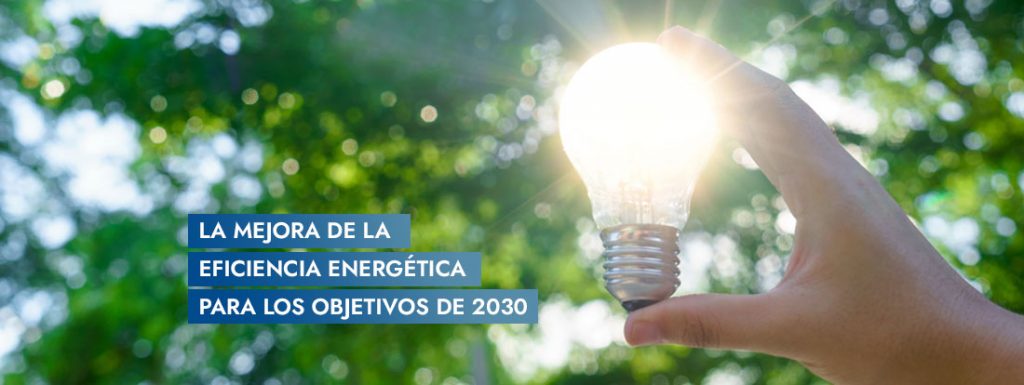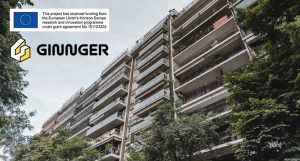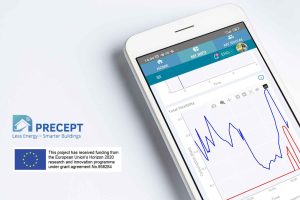The rapid evolution of information and communication technologies (ICT) combined with the pressing need for a more sustainable energy consumption, and expressed in the "green" policies promoted by the EU in the 2030 Objectives and reinforced by the NextGenerationEU Recovery Plan, has led to a fundamental shift in customer needs for energy services. This premise forces us to redesign the business model of electricity retailers, seeking new market niches, in which energy efficiency serves as a common thread to make the energy transition more flexible and offer new services that provide added value to the end consumer.
Energy efficiency data in Spain
We start from unflattering data at the level of the Spanish real estate and industrial park.
The average age of Spanish housing is at least 45 years old, with an average energy rating of category "E" according to studies by real estate portals. At industrial level, it is estimated that there is still an average energy saving potential of 8.3 percentage points to match the European average, which still leaves us far from the 2030 Objectives, which aim to achieve 32.5% energy savings in buildings in the EU. According to IDAE at sectoral level, the aggregate amount of Industry, Services and Household has a weight in the final energy consumption of 54.5%.
In view of these data, we have not yet reached the energy efficiency implementation levels of the leading countries in the EU, such as Germany, the United Kingdom or Denmark. With the transition to electric mobility, appropriate technology and a timely multidisciplinary strategy focused on the residential and industrial sector, we can close this gap and reach that 30% energy reduction by 2030.
Technology is key to the implementation of energy efficiency measures
[vc_row][vc_column width=’1/2′]
Much progress has been made in recent years in terms of energy consumption measurement systems. Big Data, the Internet of Things (IoT), Smart Devices applied to electricity consumption points and demand response are tools that are accelerating the process of implementing these measures.
On a small scale, the ability to reduce individualized consumption in lighting, air conditioning, stand-by periods of household appliances and machinery or the implementation of energy management systems, have led to progress in energy optimization strategies for homes and business centers.
[/vc_column][vc_column width=’1/2′]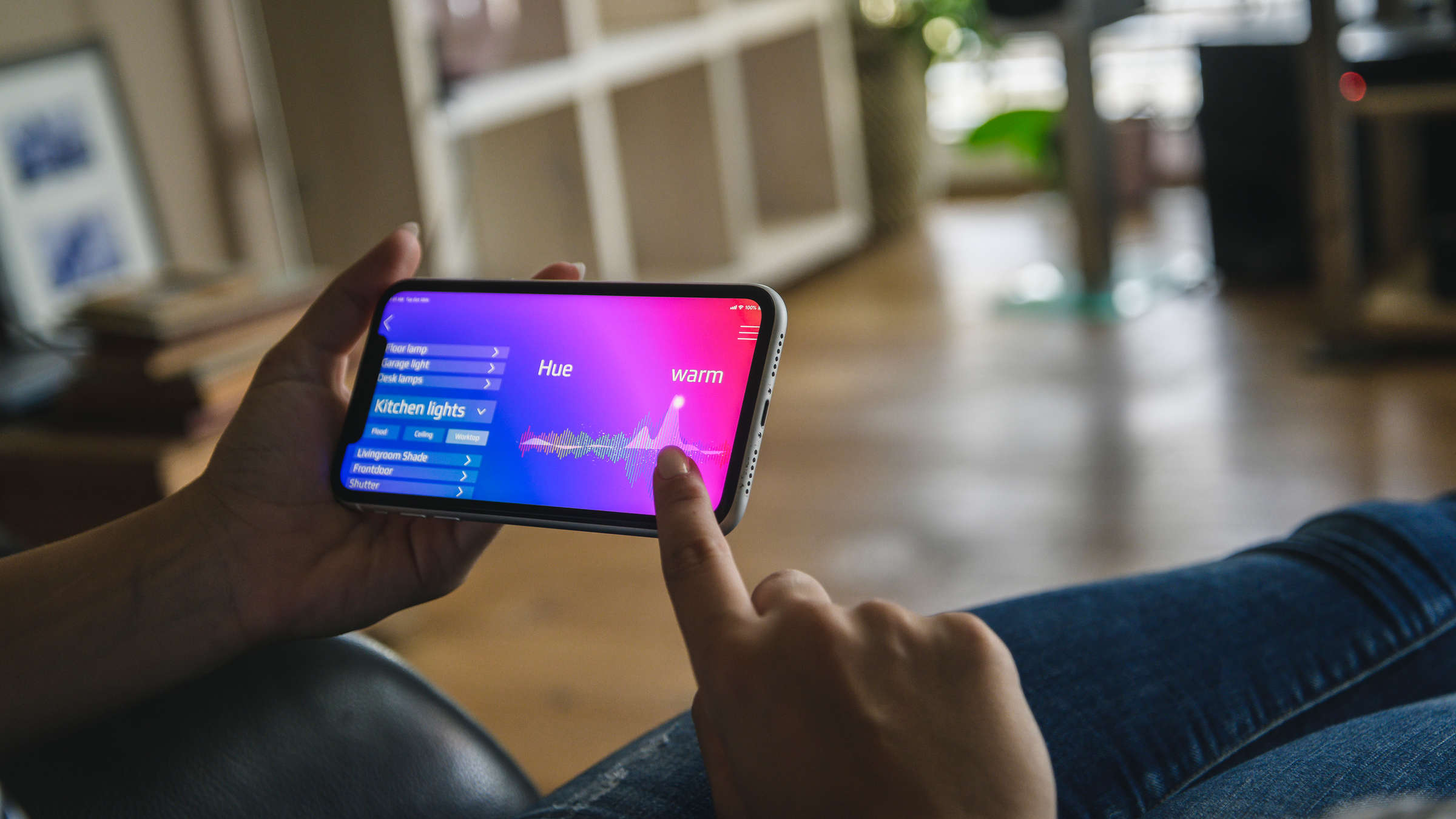 [/vc_column][/vc_row]
[/vc_column][/vc_row]
At a global level, technological progress has also affected the electricity system, allowing new roles in the market or the emergence of new types of organization, more flexible, local and decentralized from large energy producers and distributors. All this adds up to a reduction in the inefficiencies of the system: energy losses due to energy transportation, occasional failures in large production plants and a reduction in intermediaries.
The role of energy efficiency in transforming consumers into prosumers
[vc_row][vc_column width=’1/4′]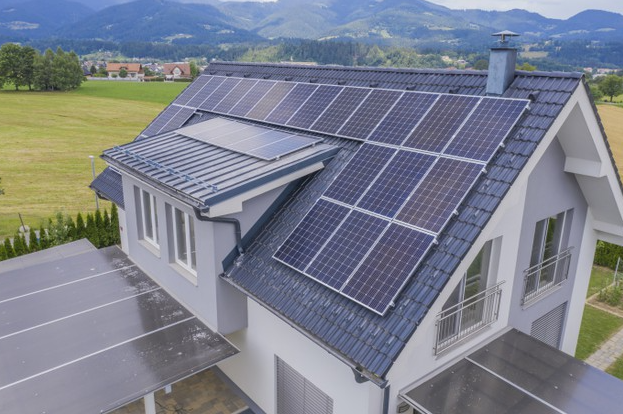 [/vc_column][vc_column width=’3/4′]
[/vc_column][vc_column width=’3/4′]
The way we consume and produce energy is changing, and with it, the actors that participate in the electricity market. The energy prosumer is a new figure that will occupy a key position in the European energy scheme, but it depends on the availability of the necessary technology to make this transformation accessible to him or her. ICTs applied to energy efficiency are managing to boost energy savings while facilitating the introduction of wind or solar self-consumption in the residential and business sectors. In this way, the role of the end consumer is changing, transforming him into a proactive entity in the system, capable of generating energy and demanding solutions that help him to improve his energy behavior.
[/vc_column][/vc_row]
Thus, the traditional players in the electricity market are having to adapt to this new reality, taking into account three main situations.
- Adjust profit margins for the commercialization of electricity.
- Diversify the portfolio of solutions, offering new services tailored to customers to turn them into energy-efficient prosumers.
- Adaptation to a new energy scheme with multiple energy producers, decentralized, adapted to a local environment and close to the place of consumption, and commercializing energy from renewable sources.
An interdisciplinary strategy in the field of energy efficiency
Every day new disciplines emerge within the field of energy efficiency that, through the development of the technological industry applied to the measurement of its different parameters, help to optimize or complement other methods to enhance energy savings in residential or industrial centers.
[vc_row][vc_column width=’1/2′]
- Biomimicry is promoting the redesign of different built spaces to understand and imitate the biological principles on which nature itself is based, to save energy and to adapt in an optimized way to its environment.
- Eco-efficiency applied to industry and the home are making it possible to establish sustainability strategies capable of reducing the energy impact generated by the use of household appliances and electrical devices. energy impact generated by the use of household appliances and electrical devices in living spaces. in inhabited spaces.
- Energy management systems are making it possible to detect all the inefficiencies of the installations. The correct sizing of contracted power, unwanted latent consumption, or any type of mismatch in air conditioning systems, batteries, lighting or heating, are detected by these systems.
[/vc_column][vc_column width=’1/2′]

[/vc_column][/vc_row]
The combination of all of them added to a correct use by the end user will be able to reduce unnecessary electricity consumption up to the limits established in the European Directive on Energy Efficiency in Buildings (Directive 2018/844), which are marked within the 2030 Objectives. An interdisciplinary strategy in which all participants in the electricity market must contribute their grain of sand so as not to generate gaps in its implementation.
The Horizon 2020 program and the implementation of energy efficiency
The European Innovation Program Horizon 2020 has been driving progress in the energy transition and promoting the achievement of the 2030 objectives within the European territory. One of the most successful projects in the implementation of energy efficiency solutions has been the UtilitEE projectproject, in which MIWenergía has participated as a partner responsible for the Spanish pilot test, together with a consortium of 11 European companies and organizations.
The UtilitEE project was aimed at analyzing the energy savings that can be achieved through the use of ICTs, promoting more efficient energy habits, and with the intention of implementing new business models in electricity commercialization companies.
The energy reduction rates observed during the pilot tests of UtilitEE pilot tests achieved an average savings of 12% (up to 840MWh at an aggregate level) for the participants thanks to the use of the application in its initial version. In its second version, the aim is to achieve 30% savings in homes and businesses where this solution is applied, allowing them to cut energy consumption and reduce their electricity bills.
This and other projects under this program, now transformed into Horizon Europeare reducing the energy efficiency gap between the different European partners, as well as making Europe a world reference in measures to combat climate change.

